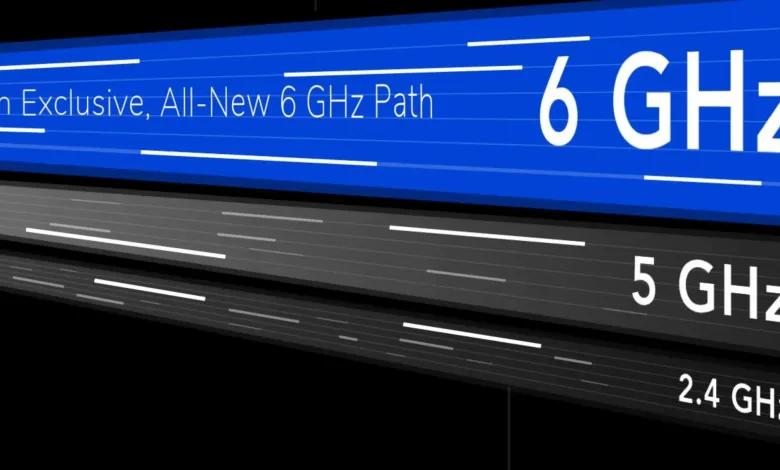The Difference Between 2.4 GHz, 5 GHz, and 6 GHz Wireless Frequencies

In a world where connectivity is king, understanding the nuances of wireless frequencies can make all the difference in optimizing your digital experience.
From streaming movies to video conferencing and gaming online, the frequency band used by your wireless networking devices plays a crucial role in determining performance and reliability.
But with options like 2.4 GHz, 5 GHz, and now 6 GHz available, how do you know which one is right for you? Let’s dive into the differences between these wireless frequencies and how to choose the best one for your specific needs.
Navigating the World of Fiber Gigabit Internet
Before we delve into the intricacies of wireless frequencies, it’s essential to acknowledge the role of fiber gigabit internet in enabling high-speed connectivity.
Fiber gigabit internet, with its lightning-fast speeds and reliable performance, serves as the backbone of modern digital communication networks, providing the bandwidth necessary to support the growing demands of today’s connected world.
Understanding Wireless Frequencies
Wireless frequencies refer to the radio frequencies used by wireless networking devices to transmit data wirelessly.
The most common frequency bands used for Wi-Fi communication are 2.4 GHz, 5 GHz, and the latest addition, 6 GHz. Each frequency band has its own unique characteristics and applications, making it essential to understand the differences between them.
2.4 GHz: Long Range, Slower Speeds
The 2.4 GHz frequency band is the oldest and most widely used for Wi-Fi communication. It offers long-range coverage and better penetration through walls and obstacles, making it ideal for use in larger homes or buildings. However, the downside of 2.4 GHz is its slower data transfer speeds compared to higher frequency bands, which can result in slower internet connections and reduced performance for bandwidth-intensive tasks like streaming video or gaming.
5 GHz: Faster Speeds, Shorter Range
The 5 GHz frequency band offers faster data transfer speeds and higher throughput compared to 2.4 GHz, making it well-suited for bandwidth-intensive applications.
While 5 GHz signals may not travel as far or penetrate obstacles as effectively as 2.4 GHz, they provide superior performance in environments with high wireless interference or densely populated areas.
This makes 5 GHz ideal for tasks like HD streaming, online gaming, and video conferencing, where speed and reliability are paramount.
6 GHz: The Next Frontier of Wireless Connectivity
The newest addition to the wireless frequency landscape is the 6 GHz band, which promises to unlock even greater speeds and capacity for wireless communication.
With its wider channels and less congestion compared to lower frequency bands, 6 GHz offers the potential for ultra-fast Wi-Fi connections and improved performance for demanding applications.
While 6 GHz technology is still relatively new, it holds great promise for the future of wireless networking.
Choosing the Right Frequency Band
When it comes to choosing the right frequency band for your wireless networking needs, there are a few key factors to consider:
Coverage Area: If you need long-range coverage or plan to use your wireless network in a large home or building, 2.4 GHz may be the best option. However, if speed and performance are your top priorities, 5 GHz or even 6 GHz may be more suitable, especially for bandwidth-intensive tasks.
Interference: If you live in an area with high wireless interference or densely populated surroundings, 5 GHz or 6 GHz may offer better performance due to their higher frequency and wider channels.
Device Compatibility: It’s also essential to consider the compatibility of your devices with different frequency bands. While most modern devices support both 2.4 GHz and 5 GHz, support for 6 GHz may be limited to newer, high-end devices.
Read Also: Key Features of a Robust Enterprise Cloud Suite
Conclusion: Finding the Perfect Frequency Fit
In conclusion, understanding the differences between 2.4 GHz, 5 GHz, and 6 GHz wireless frequencies is essential for optimizing the performance of your wireless networking devices.
Whether you prioritize range, speed, or capacity, choosing the right frequency band for your specific needs will ensure optimal performance and reliability.
So, take the time to evaluate your requirements and select the frequency band that best meets your digital communication needs in today’s fast-paced world.





